The only smartwatch I used with any amount of consistency over the last four years is the Apple Watch, and there’s a simple reason for that — it’s actually good. While I initially liked Wear OS smartwatches, Google’s ham-fisted strategy means the platform still doesn’t get the attention it deserved, and it suffers as a result.
Hardwired

In Hardwired, AC Senior Editor Harish Jonnalagadda delves into all things hardware, including phones, audio products, storage servers, and networking gear.
Thankfully, this isn’t a problem with Apple; the brand has a consistent vision around its hardware ecosystem, and it did a good job building on that over the course of the last decade. And although there hasn’t been much variance with the Apple Watch in the last two years, that’s changed with the Series 10.
The Apple Watch Series 10 doesn’t have groundbreaking features or a brand-new design; instead, it is thinner and lighter, has a slightly bigger panel, and several quality-of-life improvements that make a big difference if you’re a long-term user. Best of all, it’s now on sale, coming in at $329 — a $100 discount over its retail price. The Series 10 is available in 42mm and 46mm sizes, and with aluminum or titanium cases, and it starts at $329 (a limited-time deal) and goes up to $1,049 based on case variants and accessories.
The 42mm aluminum model usually starts at $399/£399/€499/₹46,900, with the 46mm variant going up to $429/£429/€479/₹49,900. It’s available in Silver, Rose Gold, and Jet Black — the model I’m using. The titanium variant starts at $699/£699/€799/₹79,900 for the 42mm version, and $749/£749/€849/₹84,900 if you choose 46mm, and it is available in Natural, Gold, and Slate colors.
You’re looking at an additional $100 if you want cellular connectivity, and while rubber and textile bands don’t have an additional premium, steel bands add $50 to the cost of the smartwatch. The variant I’m testing is ₹59,900 ($709) in India, and it is available at $529 in the U.S.
The thinnest Apple Watch yet
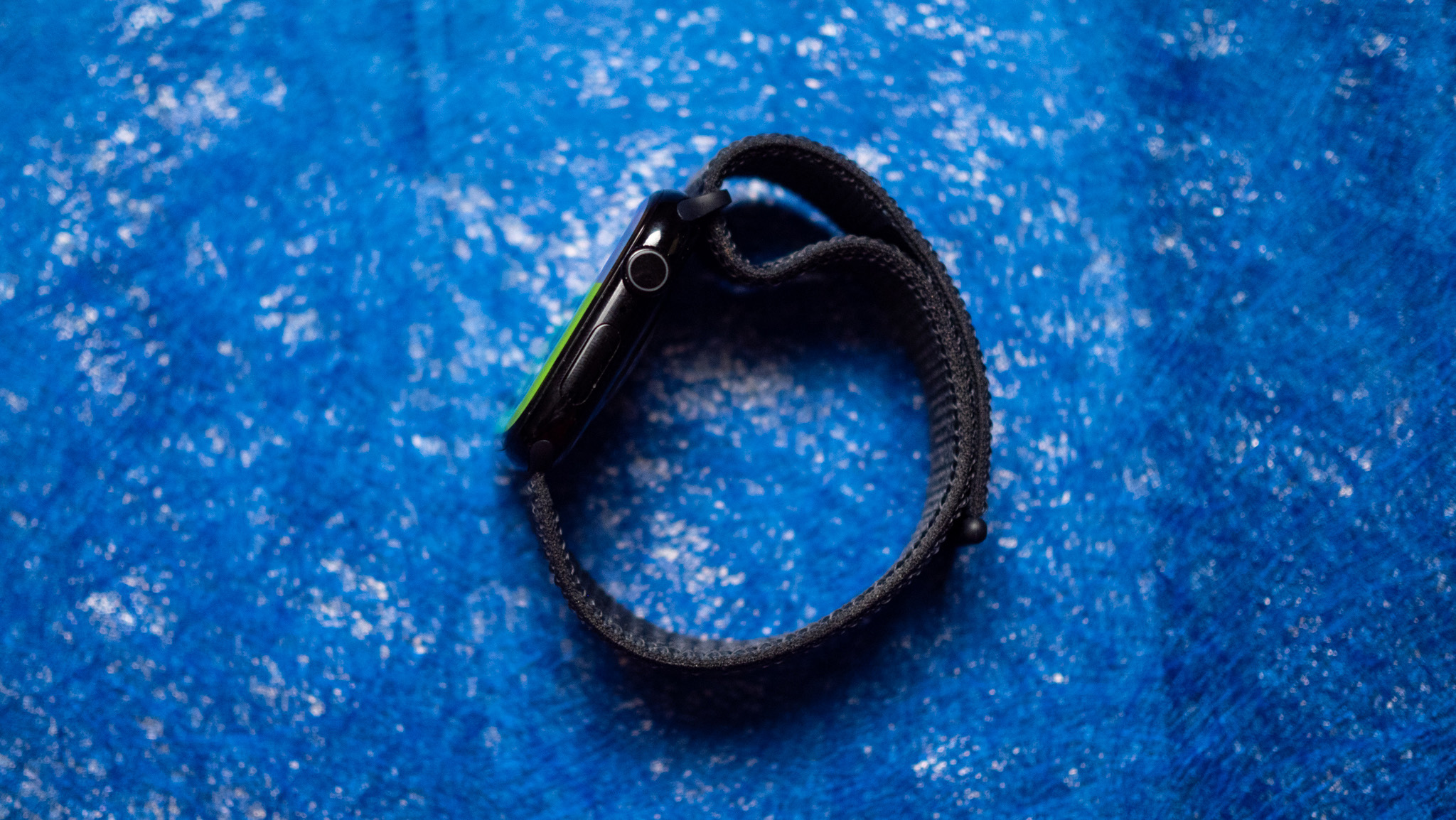
While the Series 10 retains a similar design as its predecessor, the biggest difference is the sizing. It is a millimeter thinner than last year, and is in fact the thinnest Apple smartwatch yet. I immediately noticed the difference after switching over from the Series 9; it is also a smidgen lighter, and these things matter on a device that’s meant to be worn 24/7.
The chassis has rounded corners and is generally sleeker, and you’ll see a pronounced difference if you’re switching from an older model. The aluminum model is great in its own right; it uses an anodized design and a highly polished coating that makes it shine.
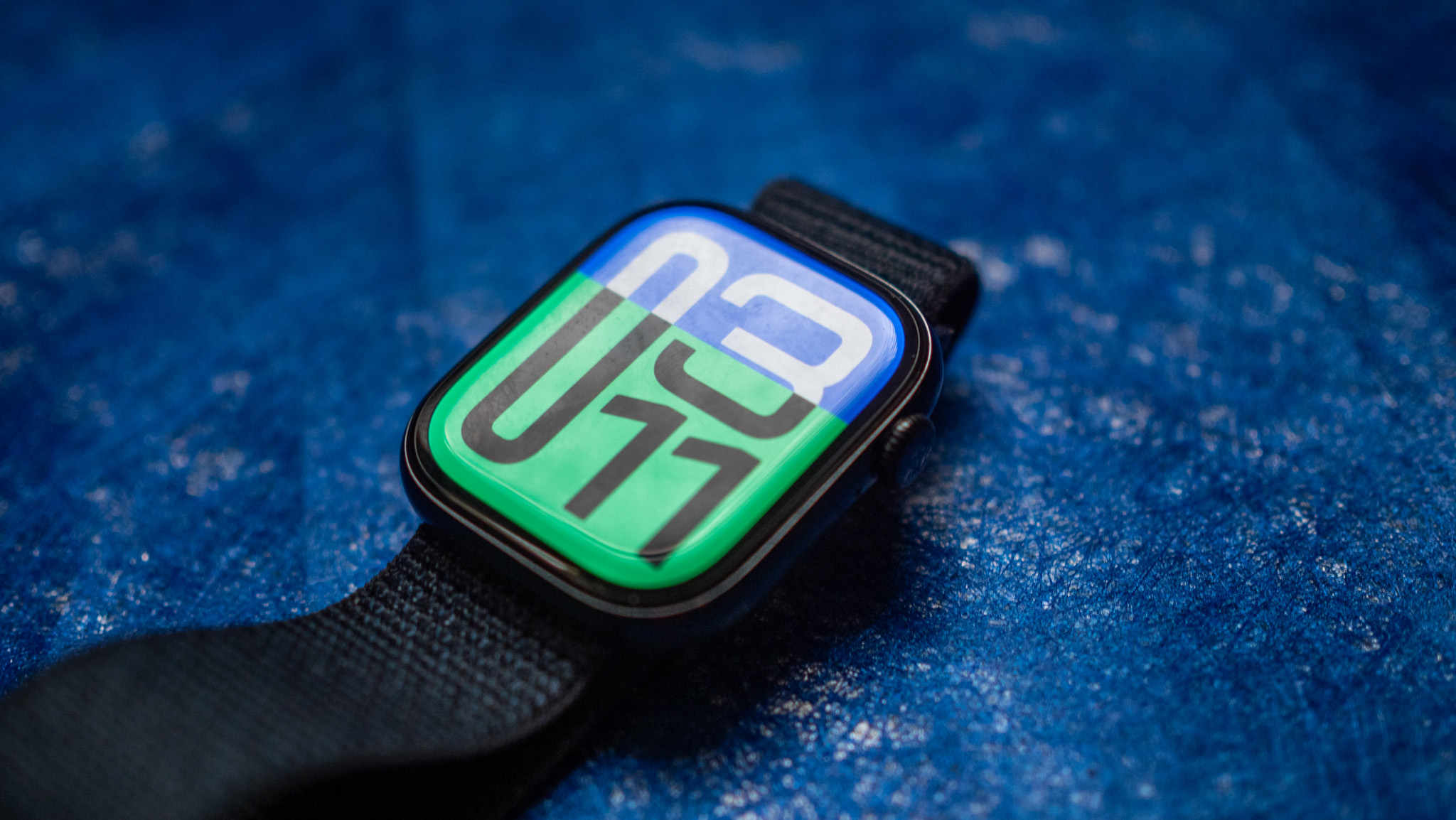
The jet black variant in particular is very good, and it stands out quite a bit. I was worried about the glossy coat wearing thin, but after six months of regular use, the smartwatch still looks pristine. This has never been an issue in the past either, and the Series 10 has the same reliable durability — even without using a case.
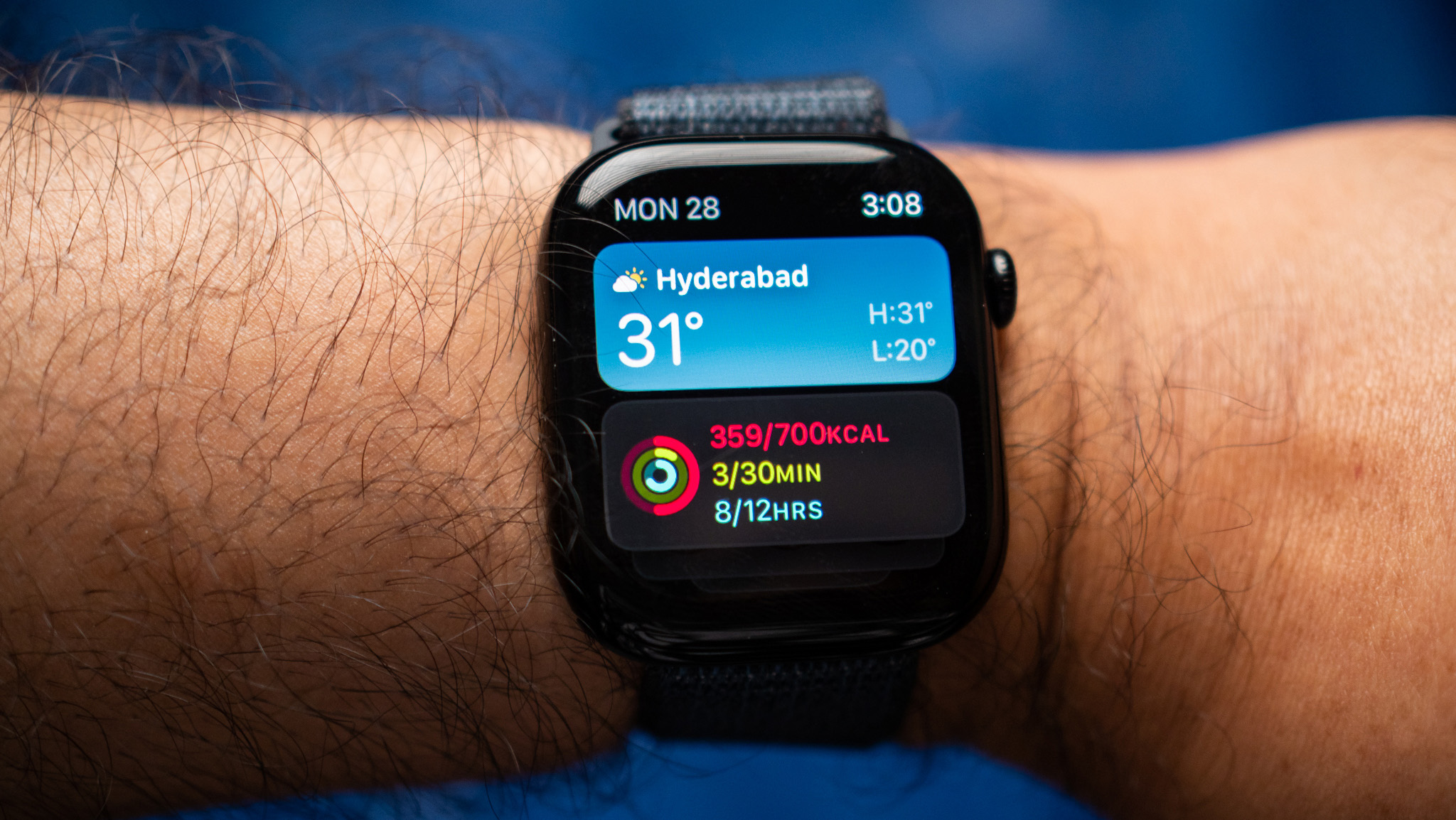
If you need something to match your iPhone 16 Pro Max, the smartwatch is available in titanium. You’ll be shelling out at least $699 to get the titanium chassis model, but it looks stunning. A big part of the allure of the Apple Watch is the extensive customizability; the smartwatch has more band options than any rival, and you can tailor it to your preferences.
I picked up a few leather and stainless steel bands over the years, but I predominantly used the Textile Sport Loop; it’s a good pairing with the Series 10 as it is lighter than all the other bands. The thinner design and rounded edges distinguish the Series 10 a decent amount, and it’s a worthy upgrade if you’re coming from an older model.
A bigger OLED panel with better viewing angles
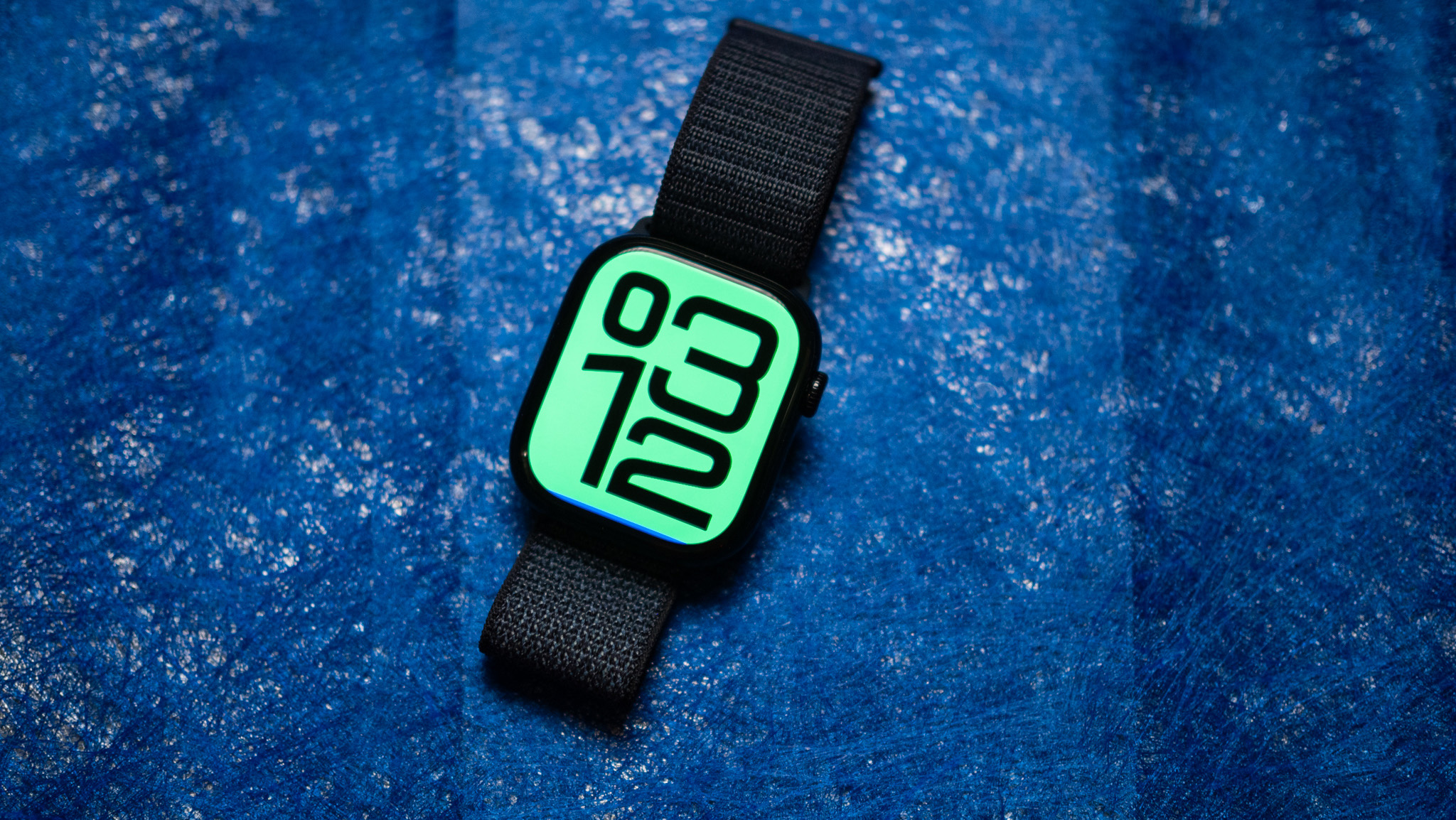
It is good to have a thinner and lighter watch, but the biggest differentiator with the Series 10 is the panel; it now comes with a 1.96-inch OLED on the 46mm version, and the slightly bigger size means you can see more text. What I like the best is that the viewing angles are better this generation, so you can easily make out the contents on the screen even at an angle — this makes all the difference in daily use.
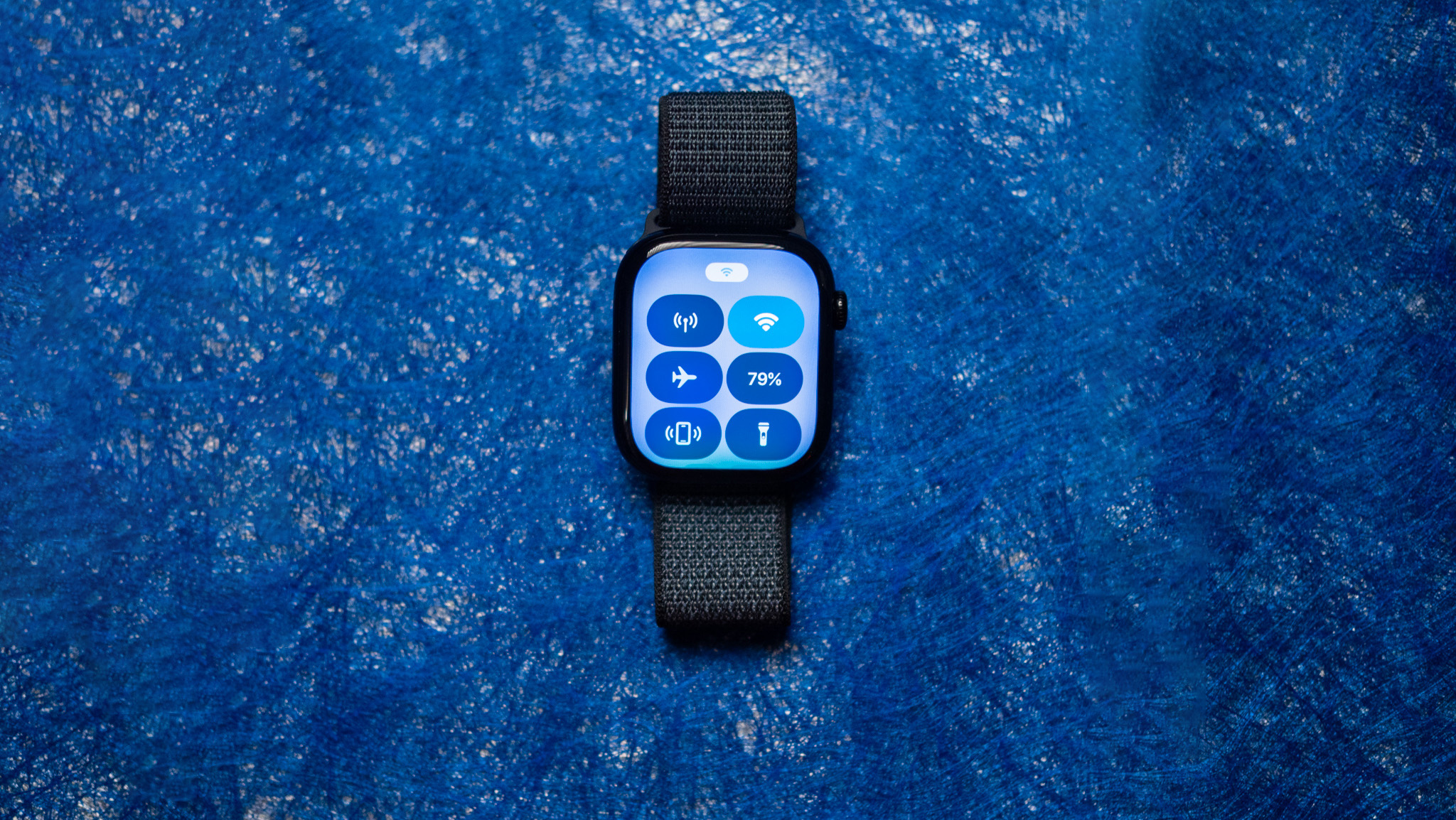
The panel also gets brighter when outdoors, and again, the difference is noticeable against the Series 9. The bigger panel along with thinner bezels makes the Series 10 look that much more elegant, and I like the additional real estate; in regular use, that translates to an additional line of text when viewing notifications.
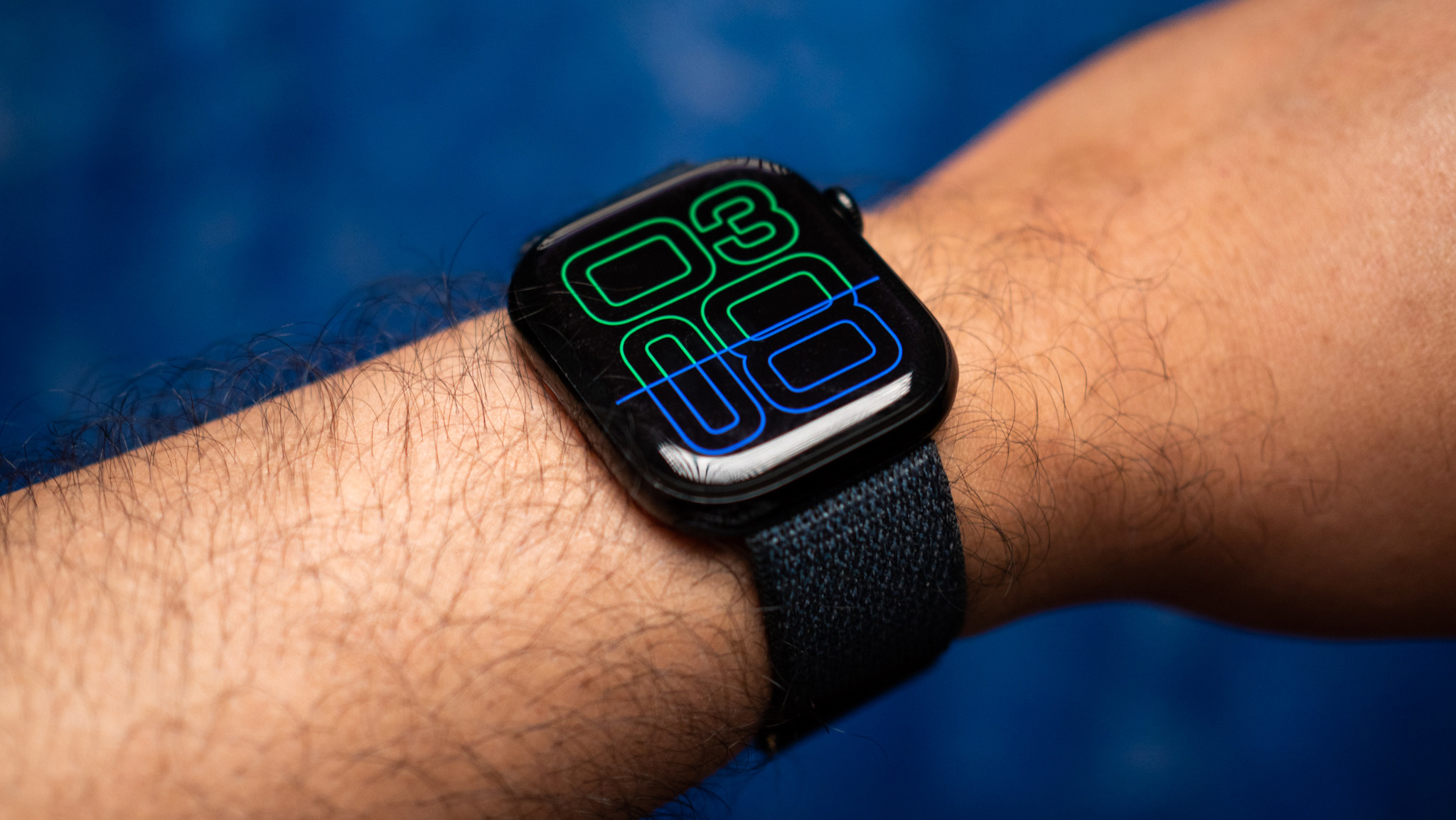
Another cool feature is that it uses LTPO tech, so the smartwatch cycles down to 1Hz refresh, allowing a seconds hand. The new Flux watch face does a great job demonstrating this, and that’s the one I used most of the time. While the rest of the changes on the smartwatch are iterative, the design combined with the bigger panel make a decent difference in usability, so if you’re on an older model and mulling a switch, the Series 10 is the way to go.
An exhaustive feature-set
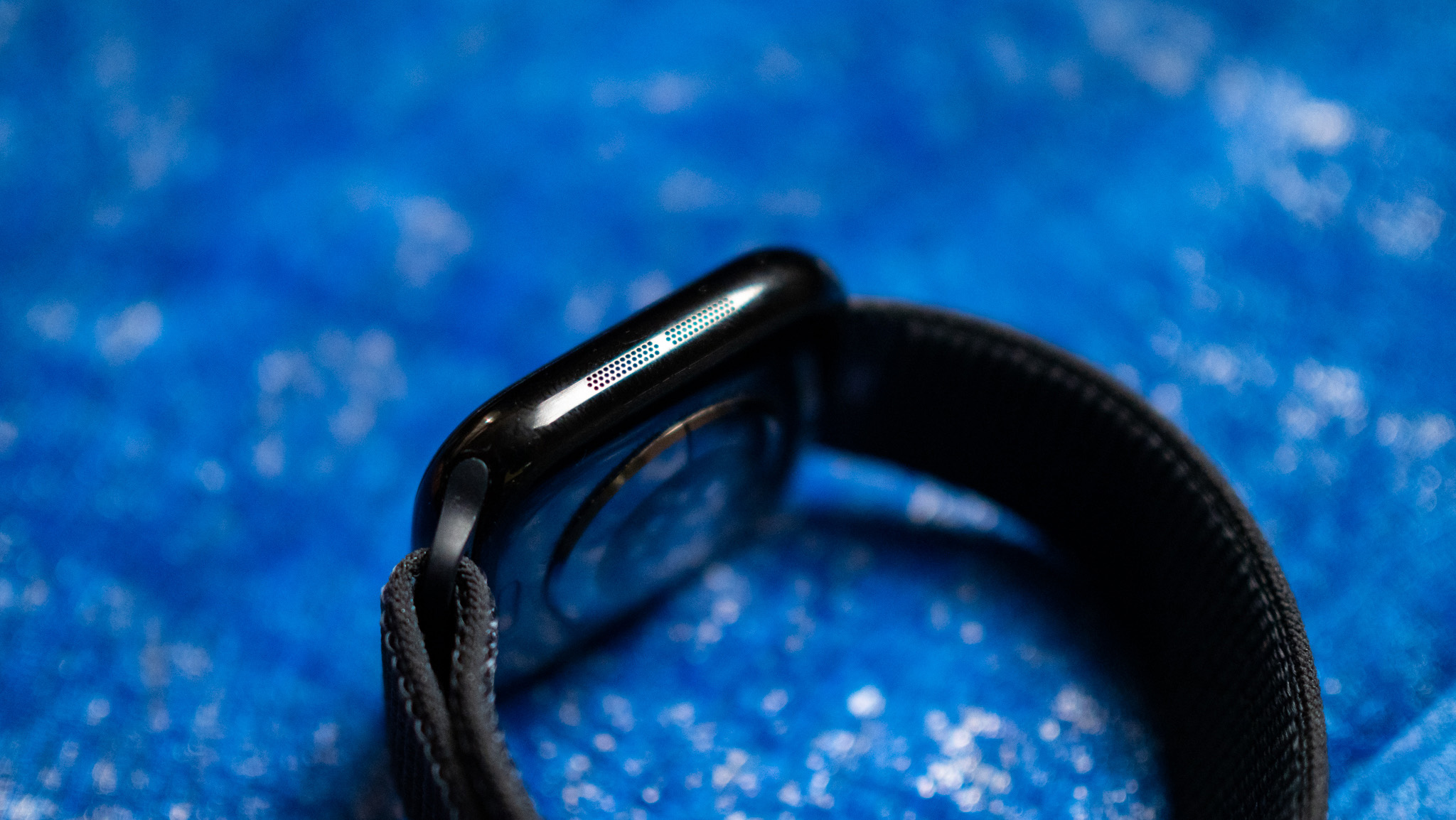
The one new feature I like a lot is that you can play music locally on the watch; there’s a tiny speaker located on the left. This is something I’ve been waiting for quite a while, so it’s good to see the Series 10 get the feature.
It does real-time translations as well, and you can download language packs onto the smartwatch and use the built-in translation utility when your phone isn’t around. I don’t take many calls on the watch, but it has improved noise isolation, so background noise isn’t as audible.
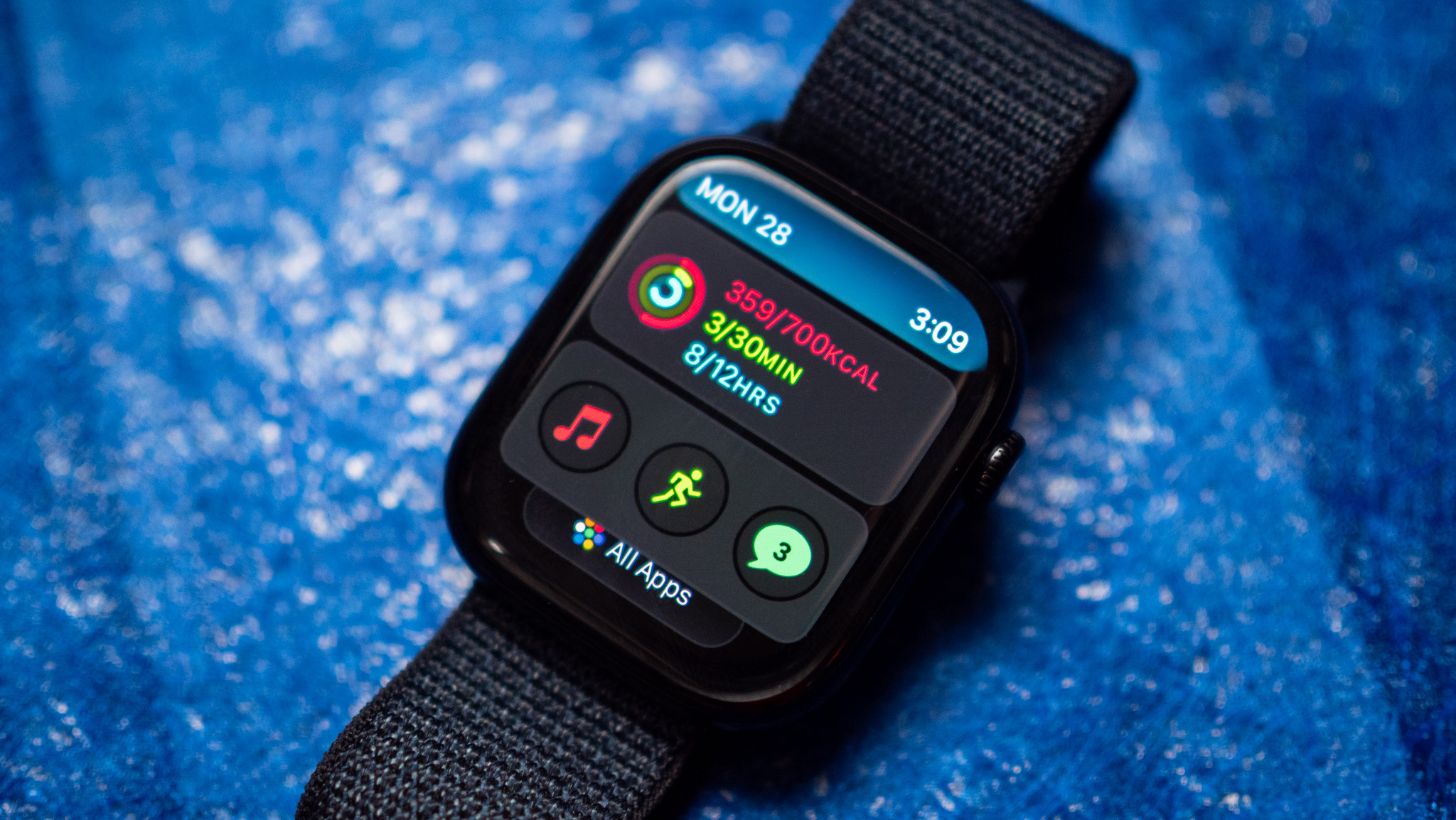
The on-device features are facilitated by the S10 SiP, which has better energy efficiency and is designed to deliver AI tasks. Apple always does a good job with health and activity monitoring, and the Series 10 continues that heritage. It has the same slate of sensors as the Series 9, and picks up the water depth gauge and water temperature sensor this time. It does a terrific job monitoring health and activity data throughout the day, and I didn’t see any issues in this area.
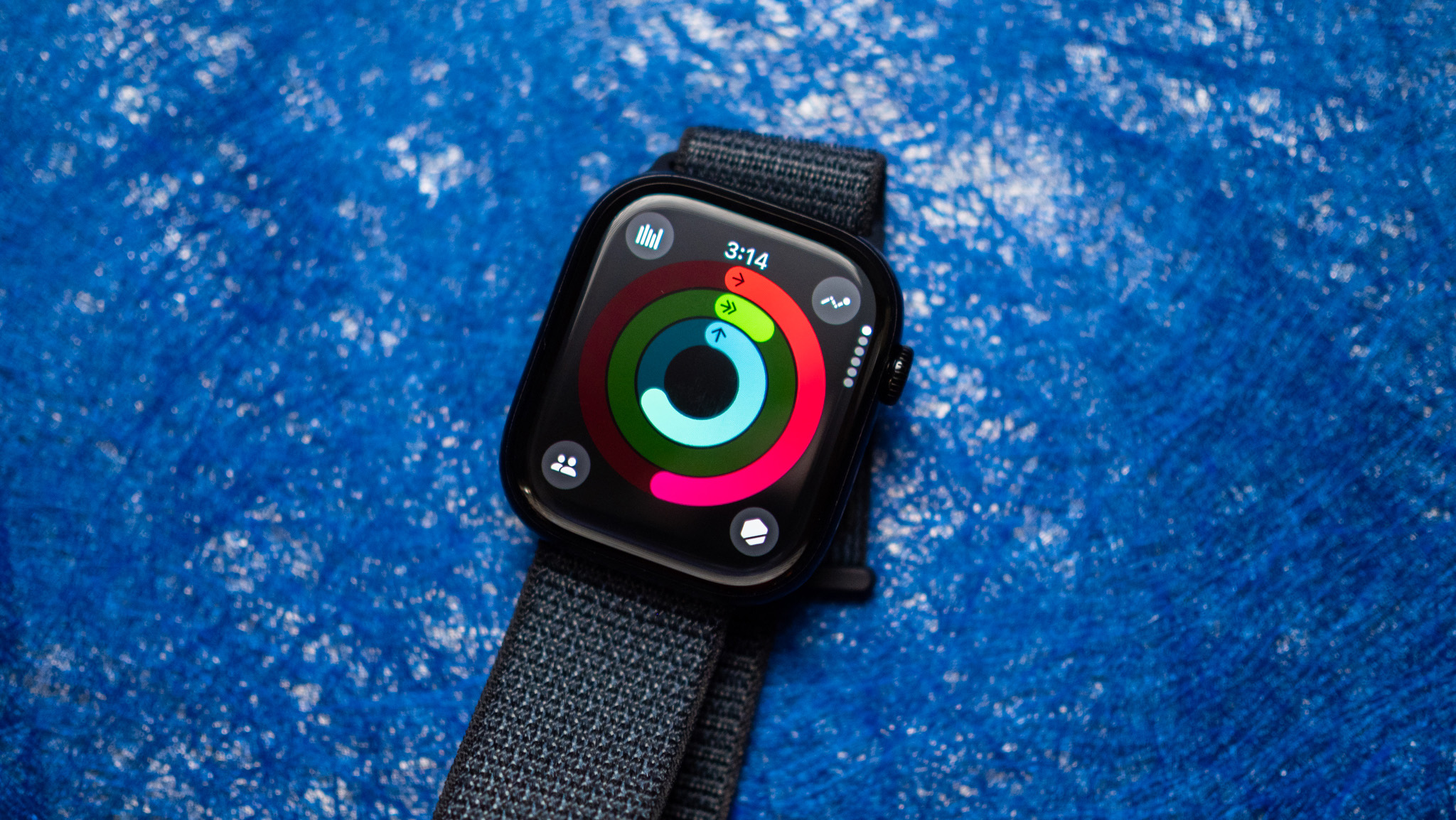
I like the changes to the workout modes in watchOS 11; you get more detailed insights, and training load is a good way to measure if you’re straining your body. The interface itself hasn’t changed much, and I still like the double tap gesture quite a bit; I’m waiting to see how third-party apps utilize it now that it’s available to everyone.
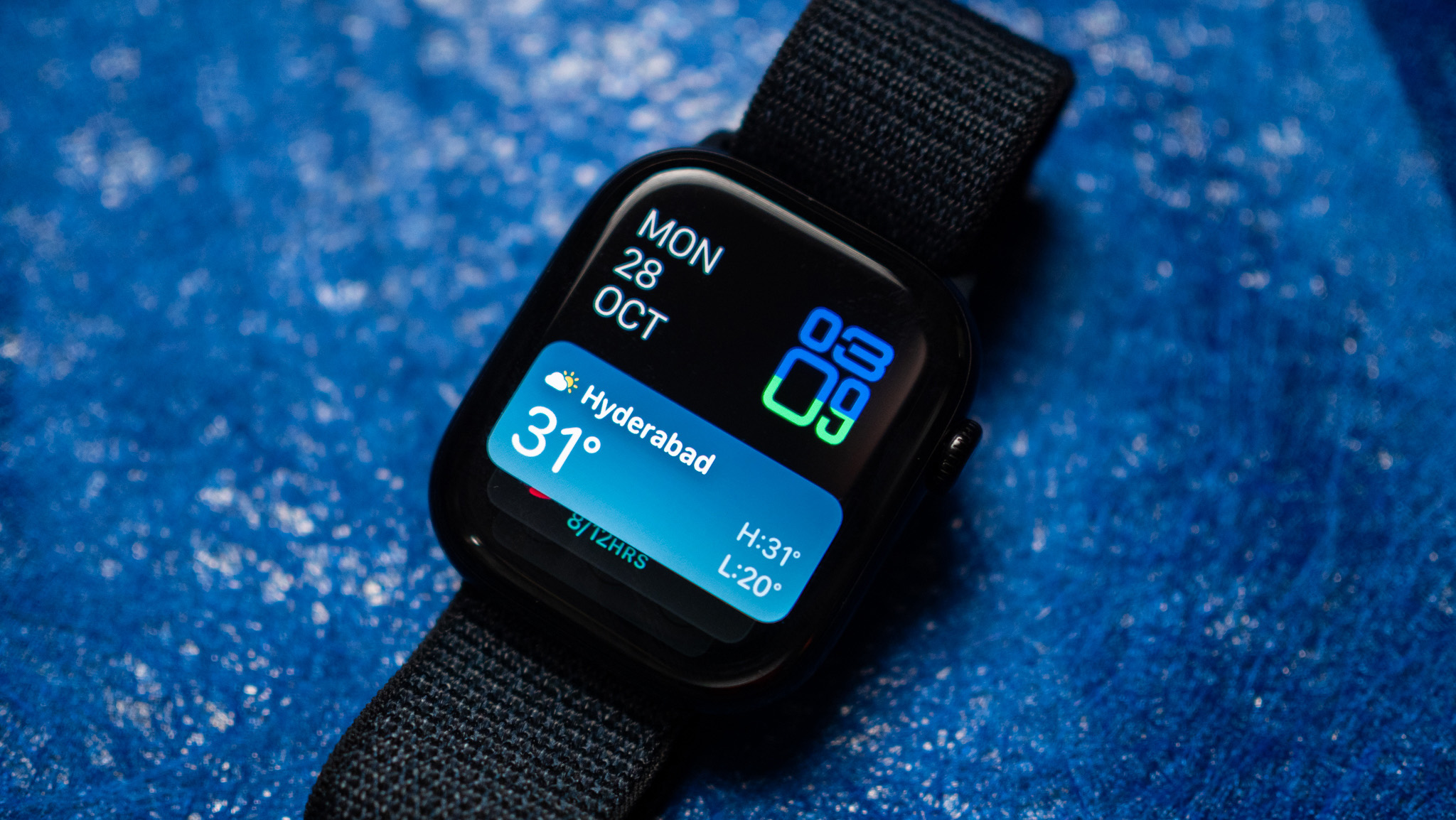
The only thing that’s underwhelming about the Series 10 is the battery life; I thought it would finally manage to last two days, but that hasn’t been the case. I got a day and a half on average, and while I was able to extend that to two days by disabling always-on mode, but it runs counter to the idea of having a smartwatch, so I didn’t bother doing that most of the time.
The Series 10 is still my go-to recommendation
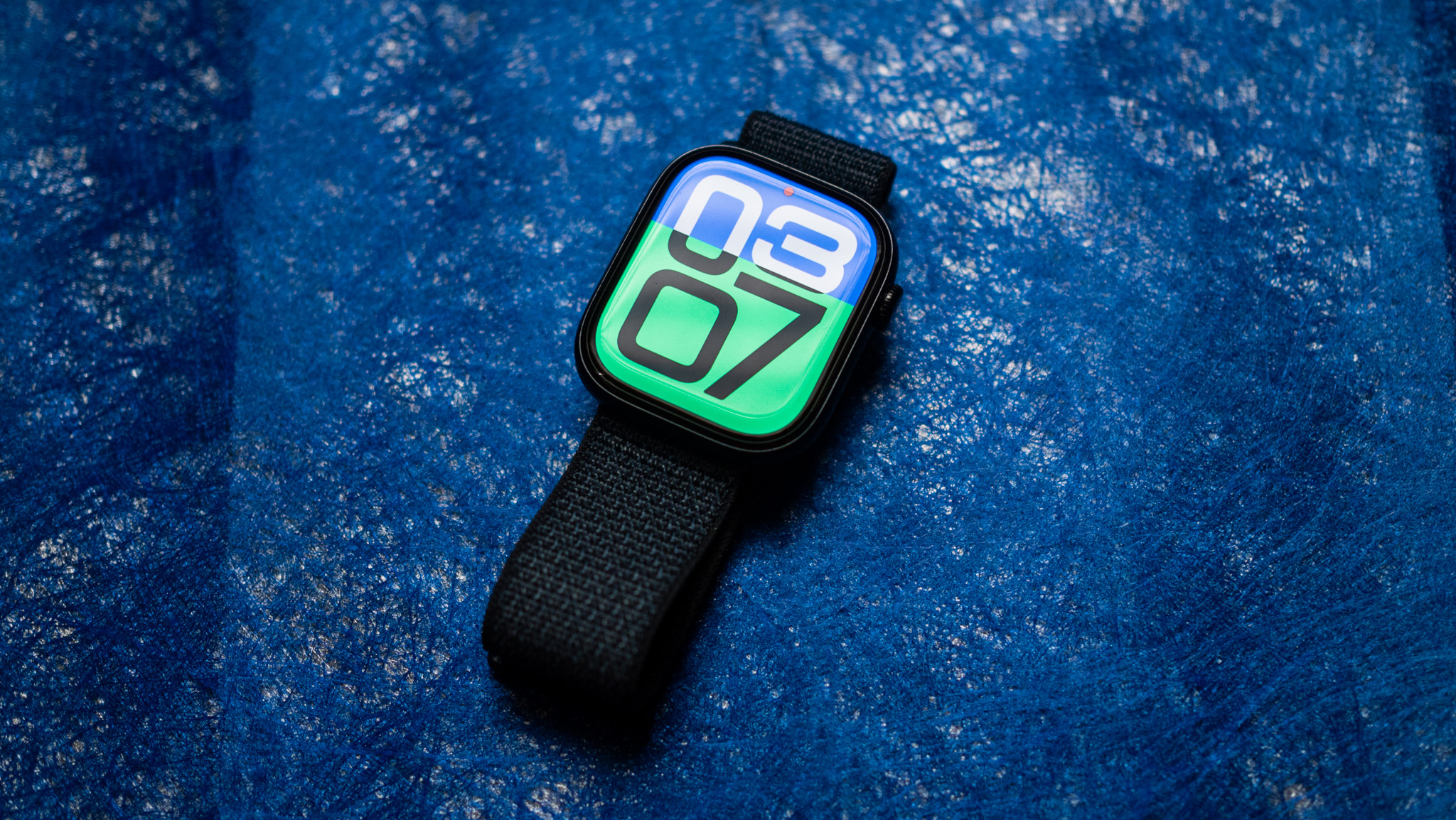
As much as I like the thinner design and bigger panel, I wouldn’t suggest switching to the Series 10 if you’re using its predecessor. But if you’re on the Series 7 or older, there are enough upgrades to easily warrant a move. The tweaks to the design make it that much more comfortable to wear, and the OLED panel is bigger, brighter, and has rounded edges.
The fundamentals are still the same, and I like the consistency — this is something Google needs to address on its own devices. More than anything else, it’s for this reason I continue to use the smartwatch. The only annoyance is how regularly I need to charge it; that’s why I enjoyed using Withings’ ScanWatch Nova over the last month; the hybrid smartwatch only needs to be charged bi-weekly, but it doesn’t quite have the same smarts. If you need a full-fledged smartwatch with all the extras, the Series 10 continues to be my go-to choice.
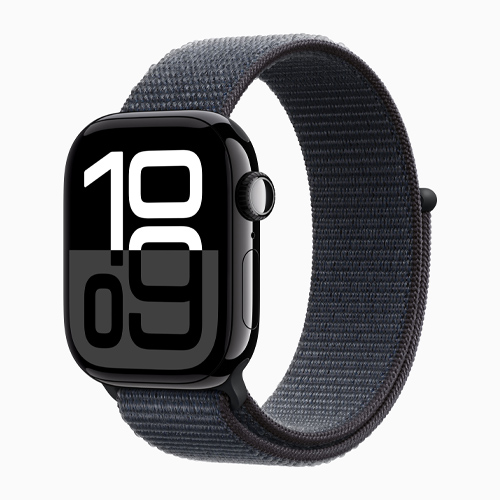
The Series 10 has enticing upgrades if you’re coming from an older model, and the thinner design with rounded corners gives it a distinctive edge.